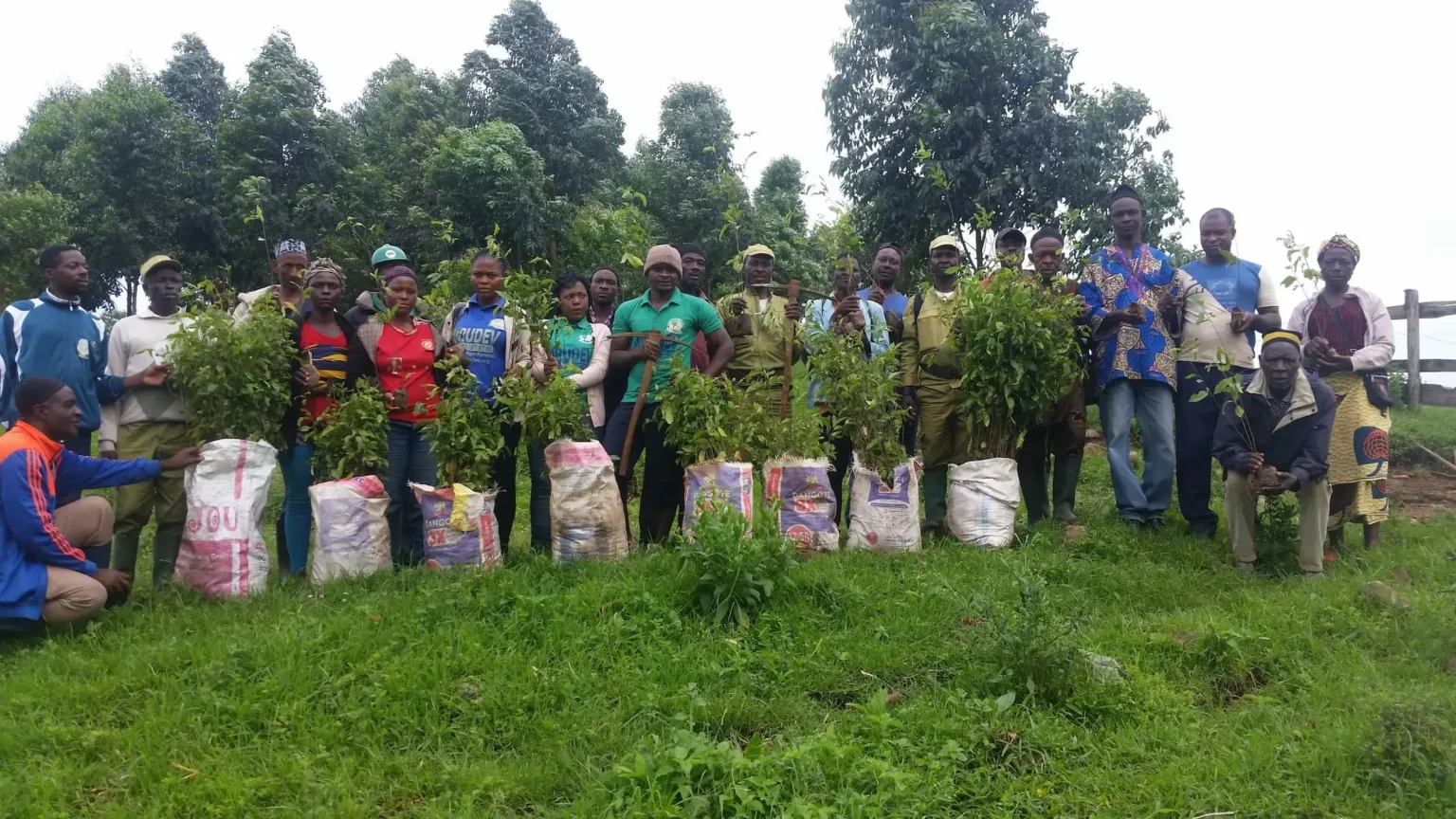By Trésor Daniel Mefire
As Africa stands at the crossroads of ecological crisis and economic opportunity, land restoration has emerged as a transformative solution to the continent’s worsening land degradation. With over 65% of Africa’s land affected by degradation and drought, more than 400 million people are grappling with declining agricultural productivity, biodiversity loss, and climate vulnerability.
In a powerful and timely paper titled “Land Restoration in Africa and Cameroon: A Path to Resilience and Prosperity”, environmental researcher Trésor Daniel Mefire warns that the stakes are higher than ever. “Cameroon, like much of Africa, is confronting a silent emergency. Our soils are disappearing, our forests retreating, and with them, the future of millions who depend on them,” Mefire writes.
A Continental Crisis with Local Faces
Sub-Saharan Africa alone bears 45% of the world’s degraded land, costing the continent a staggering $70 billion annually. By 2050, projections show agricultural output could shrink by up to 22% without urgent action. Climate change is deepening the scars: erratic rains, heatwaves, and prolonged droughts are accelerating desertification, especially in fragile zones like Cameroon’s Far North and Western Highlands.
In Cameroon, more than 60% of arable land in key farming regions is degraded, displacing nearly 12% of rural populations every year, according to government sources. “We’re not just losing soil—we’re losing people,” Mefire emphasizes.
A Roadmap to Regeneration
But there is hope. Land restoration—reviving degraded soils, forests, and ecosystems—is not only an ecological necessity but an economic boon. Globally, restoring one billion hectares could yield $1.8 trillion annually. Every dollar spent can return $7 to $30 in benefits, from increased crop yields to job creation.
For Cameroon, where over 70% of the population relies on agriculture, these benefits are tangible. Mefire notes that restoring degraded land could create millions of sustainable jobs while safeguarding vital ecosystems like the Congo Basin, which stores 70 billion tons of carbon.
Borrowing Wisdom from Across the Continent
Across Africa, success stories offer tested tools and techniques Cameroon can adopt:
- Zaï Pits—small, compost-filled holes—have boosted yields by up to 200% in Burkina Faso and Niger. These could transform Cameroon’s arid north.
- Stone bunds, used in Mali, have cut erosion by up to 80%. Mefire suggests they could stabilize the Western Highlands’ steep, crumbling farms.
- Farmer-Managed Natural Regeneration (FMNR) has revived five million hectares in Niger, sequestering carbon and improving biodiversity. It’s a model ripe for Cameroon’s rural communities.
- Agroforestry with nitrogen-fixing trees like Faidherbia albida has boosted maize yields by 40% in East Africa. “Cameroon’s Adamawa Plateau could benefit immensely from such systems,” Mefire notes.
- Half-moons, semi-circular water-harvesting berms, restored 200,000 hectares in Niger and are ideal for Cameroon’s Sahelian north.
Women at the Heart of the Solution
One standout success has been the role of women. In 2023 alone, female-led nurseries in Cameroon produced over 2 million seedlings for the Great Green Wall initiative. “Women are not just participants—they are leaders in the land restoration movement,” writes Mefire.
Policy Struggles and the Path Ahead
Despite progress, challenges persist. Deforestation exceeds 2.5% annually, and 12 million hectares—nearly 25% of Cameroon—are degraded. Weak land tenure laws discourage farmers from investing in restoration. “Why would anyone plant a tree if they might lose the land tomorrow?” Mefire asks.
The financial gap is another hurdle. Achieving global restoration goals will cost an estimated $1 billion per day, yet current spending hovers at $66 billion annually. In sub-Saharan Africa, meeting existing pledges would require nearly 4% of GDP.
To bridge the gap, Mefire calls for:
- Innovative financing like Payment for Ecosystem Services (PES), citing Rwanda’s $100 million Land Degradation Neutrality Fund.
- Securing land tenure, so farmers can invest in long-term strategies like FMNR.
- Deploying drones and GIS, as Senegal has done, to monitor and plan restoration efforts.
- Aligning national policies and funding, to scale from scattered pilot projects to system-wide transformation.
A Vision Rooted in Hope
“Land restoration is not just about ecology—it’s about dignity, opportunity, and sovereignty,” Mefire concludes. “Cameroon stands to gain resilience, jobs, and food security by restoring what we have lost. The science, the tools, and the success stories are all there. What remains is the political will.”
As the climate crisis deepens, Cameroon and Africa at large face a choice: continue down a path of depletion—or invest in restoration as the cornerstone of a greener, more resilient future.
Find report here for further reading PDF Land Restoration in Africa and Cameroon
Photo Credit: Afri100


